Season of Earthquakes
There is, apparently, no season for earthquakes. They can and do happen at any time of the year. But with the news pouring in from Haiti, I can’t help but think this time of year is when earthquakes happen, January in particular seems to be “popular”.
I have to confess to a personal interest. Fifteen years ago today, a matter of weeks after giving up the day job to pursue photography full time, I was in Japan working on the research for a picture story I was going to do on the A Bomb survivors. It was coming up to the 50th anniversary and I wanted a counter in the western press to the stories that were inevitably going to run. I had interviews set up, access to the archives and museums, and a great many people eager to help. What I lacked was an innate understanding of what it was like to be in a city that is destroyed in a matter of seconds. I was based in the Kansai city of Kobe.
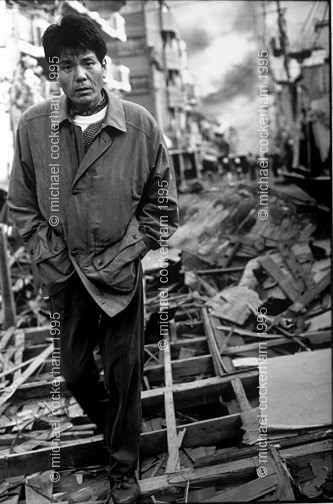
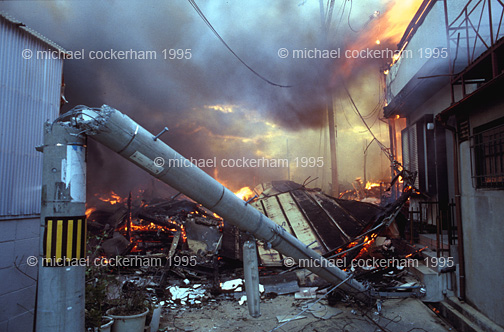
At 5:46am local time an apparently dormant fault under the northern tip of the island of Awaji, about 20km from Kobe, ruptured at a depth of 14km. The resulting earthquake was measured at 7.3 on the Richter scale, and was the first recorded earthquake in Japan to reach 7 on the Japanese Closed Scale which measures the intensity of the tremor as experienced by people and objects on the earth’s surface, as opposed to the Richter Scale which is concerned with the seismic energy released at the epicentre of an earthquake. In terms of how it felt for people in Kobe, it recorded an 11-12 on the Modified Mercalli Scale; that is “Very Disastrous” to “Catastrophic”. It was, and remains, the first major earthquake to strike at close quarters and a shallow depth relative to a major metropolitan conurbation. Japan is used to having earthquakes, and for years buildings have been built to “withstand” them.
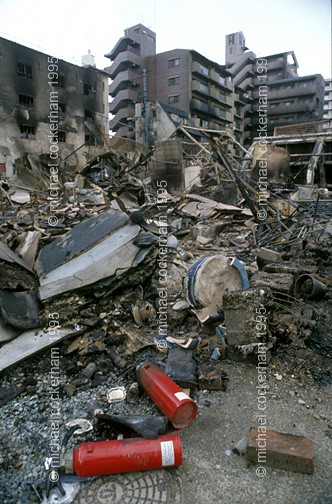
Nevertheless, the violence of the earth’s motion was too great. Nearly 6500 lost their lives, with thirty thousand requiring hospital treatment and almost a third of a million rendered homeless. The final cost of the quake has been estimated at as much as US$200 billion.
I got what I was missing and discovered what it was like to be in a city flattened in seconds: it has coloured my view of everything ever since.
On the face of it, the quake in Haiti is similar, a shallow hit. But Haiti isn’t built to withstand it, and it does not have the resources to pick itself up. Japan, despite its considerable wealth struggled, and to some extent through misplaced pride, it paid the price. Haiti asked for help right from the start, and it needs all the help it can get.
In the end, the size and place of this kind of disaster is incidental. Only those who have experienced it first hand can ever truly understand how terrifying it is when the ground – that one thing that we all take as a constant – turns against you.
Today, of all days, my thoughts are with all those who have been scarred by earthquakes, and in particular it is with those in Haiti.
These are some of my photographs from Kobe, and form part of a very long term project called Shikata ga nai 仕方がない, a very common Japanese expression that translates as “It Can’t Be Helped”.
If you want to help the people of Haiti click here and donate to the Disasters Emergency Committee Haiti Appeal.
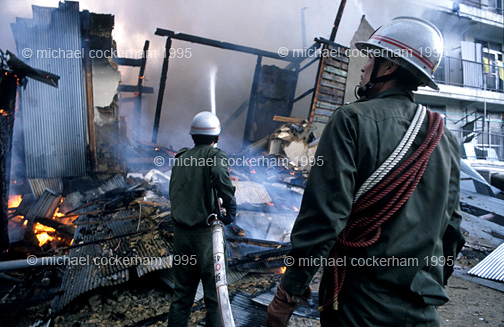
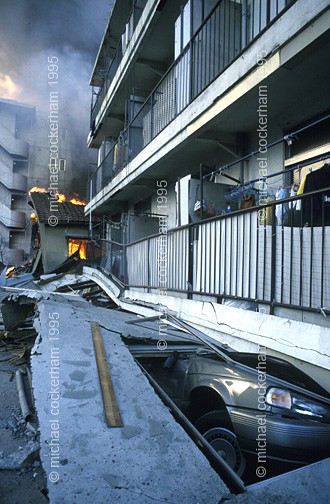
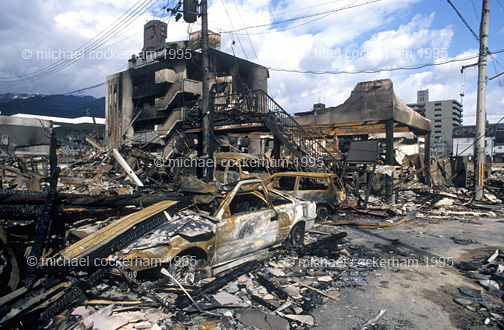
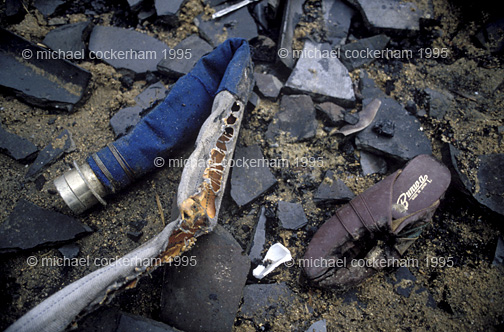
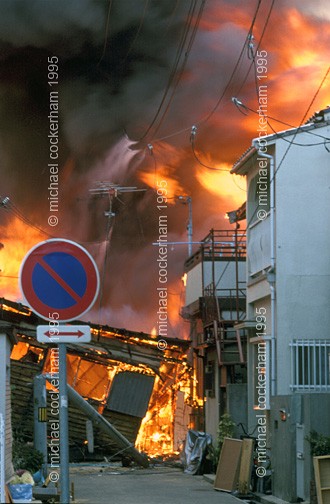
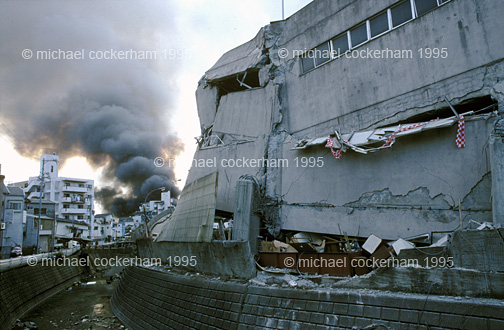
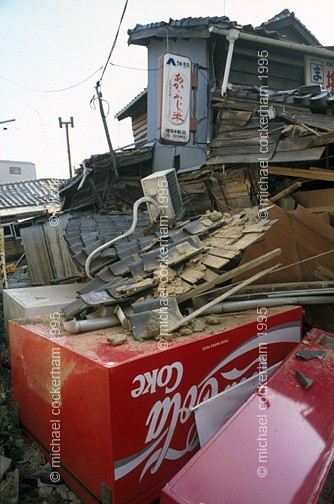
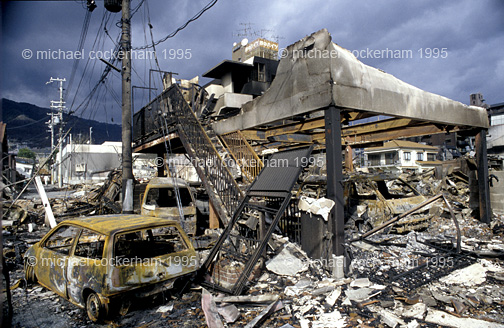
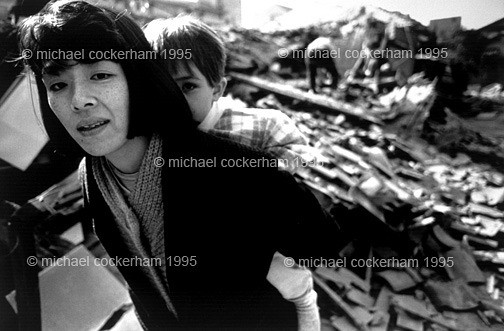
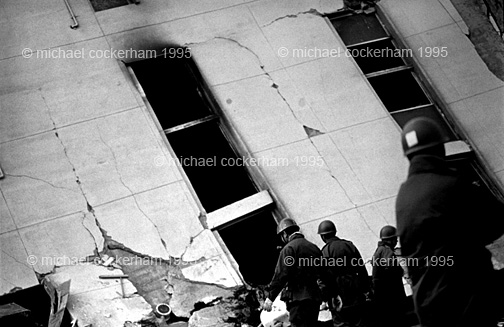
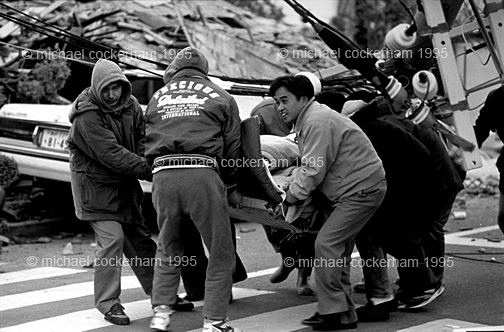
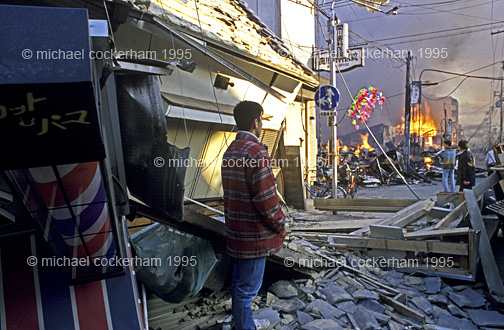


Leave a Reply